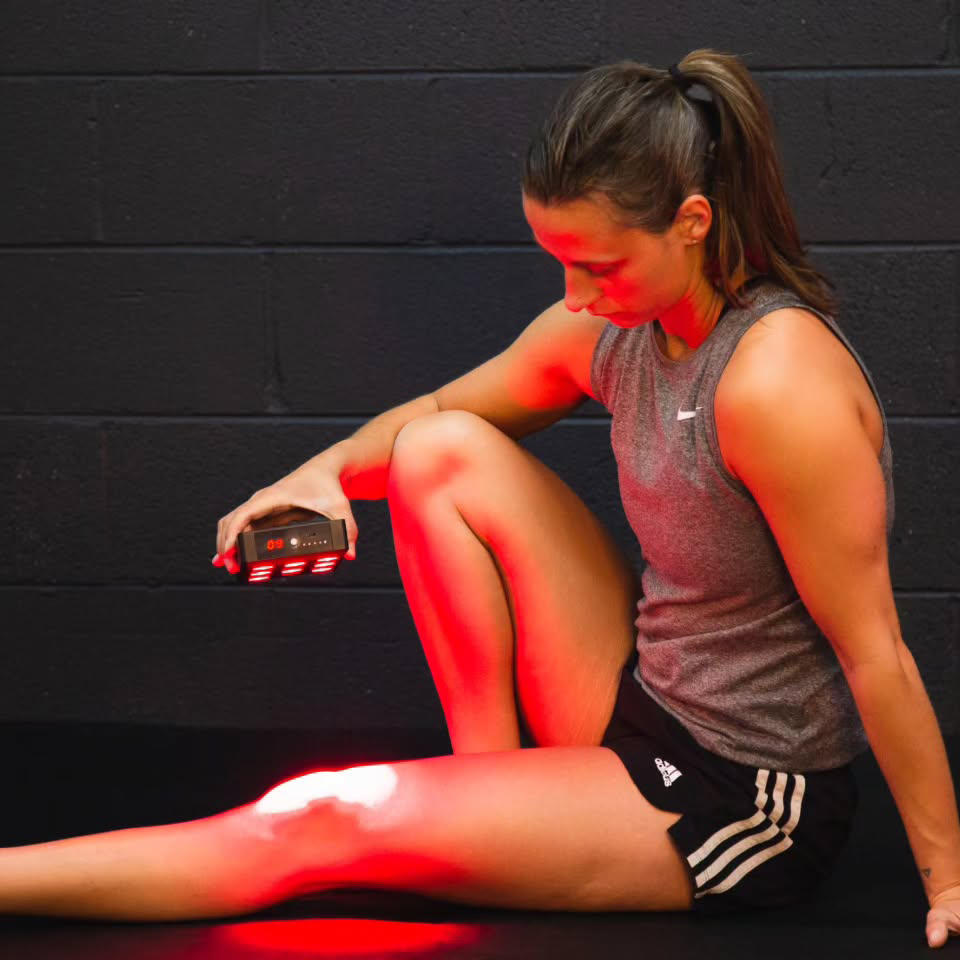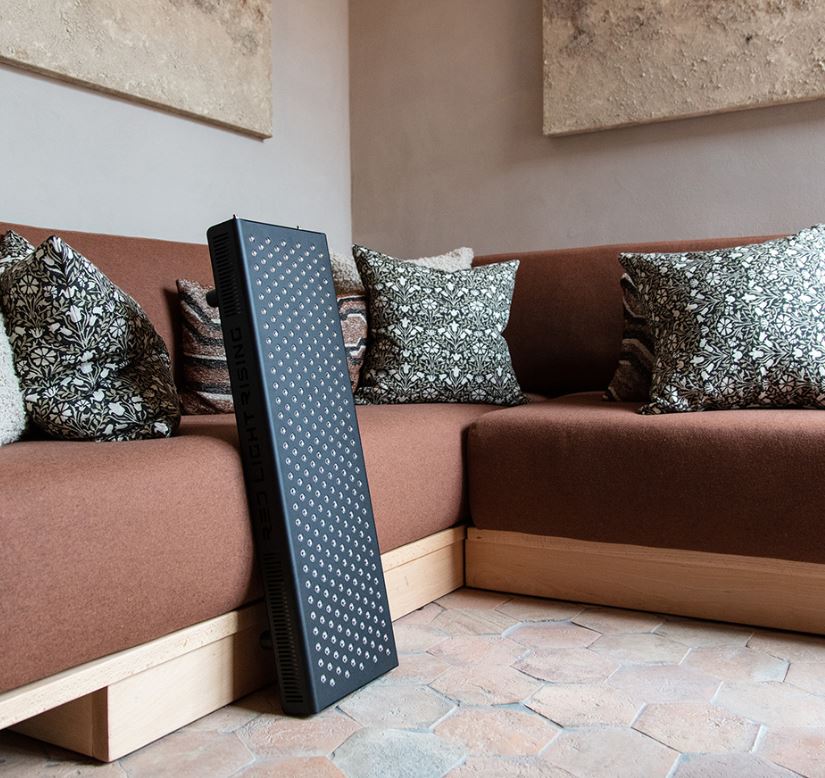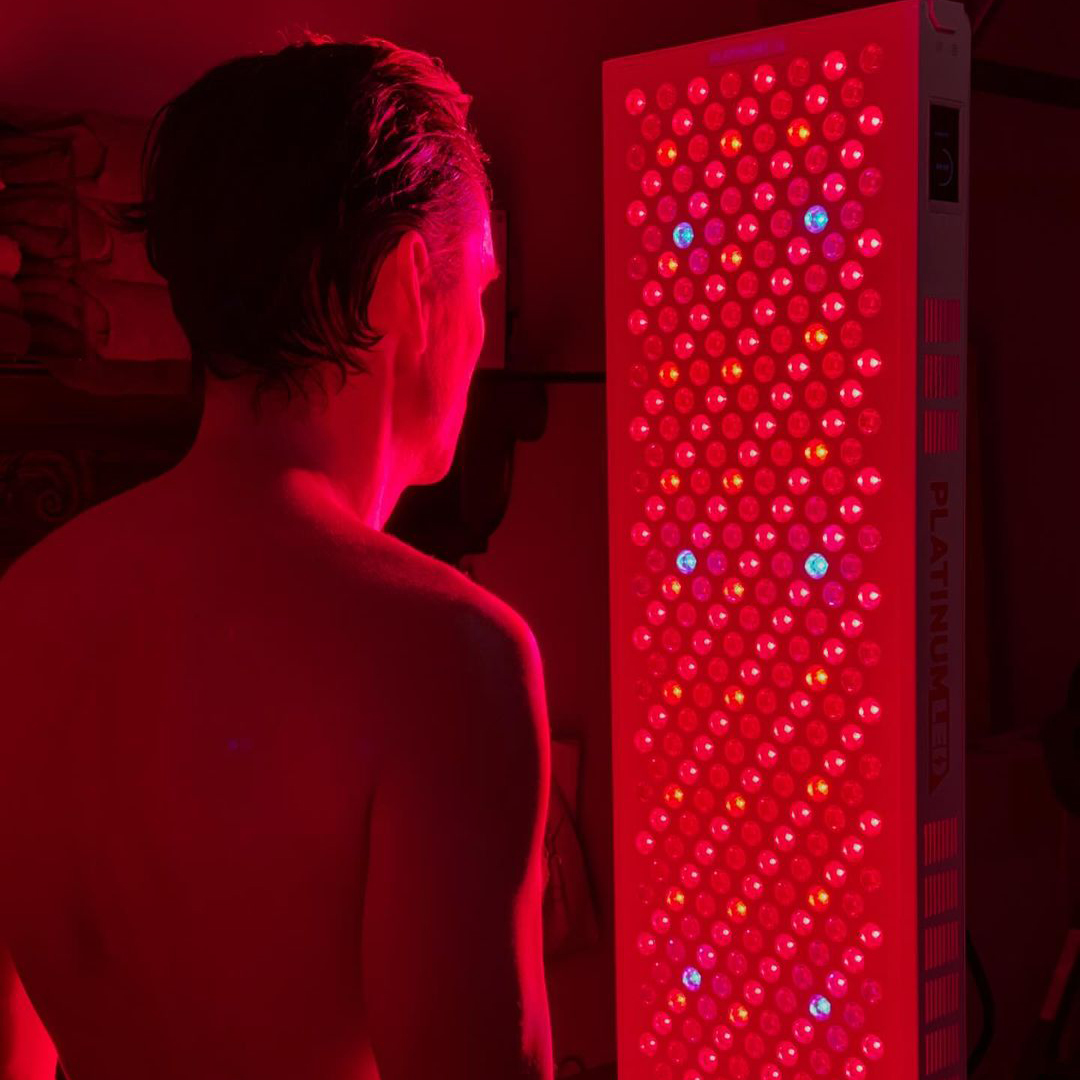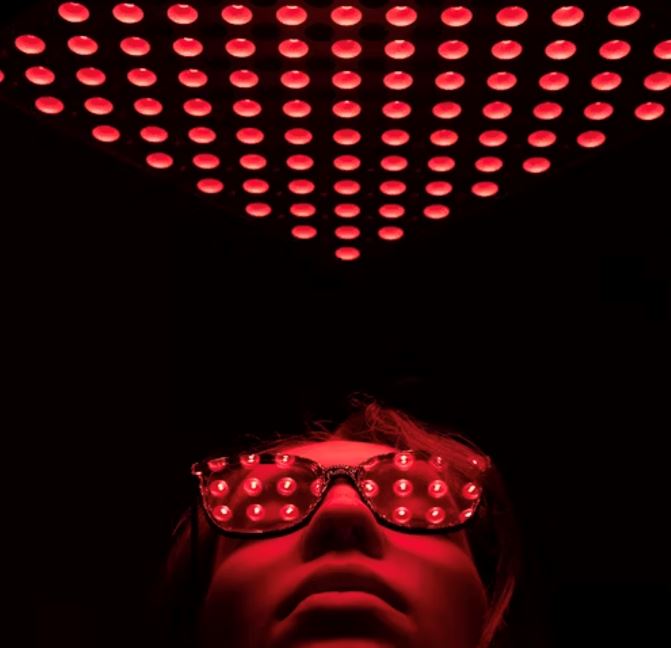![]() Free Shipping
Free Shipping ![]() Buy Now, Pay Later
Buy Now, Pay Later ![]() Eligible
Eligible
Red Light Therapy for Sunburn: Prevention and Treatment

Sunburn is a common yet painful skin condition caused by excessive exposure to ultraviolet (UV) radiation from the sun or artificial sources like tanning beds. While prevention is always the best approach—using sunscreen, protective clothing, and avoiding peak sun hours—sometimes sunburns happen despite our best efforts.
Traditional treatments for sunburn include aloe vera, cool compresses, and over-the-counter pain relievers. However, recent advancements in light therapy have introduced red light therapy (RLT) as a promising solution for both preventing and healing sunburns.
In this comprehensive guide, we’ll explore:
- How red light therapy works
- Scientific evidence supporting RLT for sunburn
- How to use red light therapy for sunburn prevention and treatment
- Additional benefits of RLT for skin health
- Practical tips for incorporating RLT into your skincare routine
By the end, you’ll understand why red light therapy is becoming a go-to solution for sun-damaged skin.
Understanding Sunburn: Causes and Effects
Before diving into red light therapy, it’s essential to understand what happens to your skin during a sunburn.
What Causes Sunburn?
Sunburn occurs when UVB rays penetrate the skin, damaging DNA in skin cells. The body responds by increasing blood flow to the affected area (causing redness) and triggering inflammation (leading to pain and swelling). In severe cases, sunburn can cause blistering, peeling, and long-term damage like premature aging or skin cancer.
The Healing Process of Sunburn
The body repairs sunburned skin by:
- Inflammation – The immune system sends white blood cells to remove damaged cells.
- Peeling – The top layer of skin sheds to make way for new cells.
- Repair – New skin cells regenerate over days or weeks.
However, this process can be slow and uncomfortable. Red light therapy accelerates healing by enhancing cellular repair and reducing inflammation.
What Is Red Light Therapy?
Red light therapy (RLT), also known as low-level laser therapy (LLLT) or photobiomodulation (PBM), uses specific wavelengths of red and near-infrared (NIR) light to stimulate cellular function.
How Does Red Light Therapy Work?
When red or NIR light penetrates the skin (at wavelengths between 630-850 nm), it is absorbed by mitochondria—the energy powerhouses of cells. This interaction boosts adenosine triphosphate (ATP) production, enhancing cell regeneration and repair.
Key Benefits of RLT for Skin
- Reduces inflammation – Helps calm sunburn-induced swelling and pain.
- Speeds up wound healing – Encourages collagen production and tissue repair.
- Improves circulation – Increases blood flow to deliver nutrients to damaged skin.
- Protects against UV damage – Some studies suggest RLT may help prevent sunburn when used before exposure.
VELLGUS Elite V2
THE #1 RATED RED LIGHT DEVICE
VELLGUS pro V2
THE #1 RATED FULL BODY RED LIGHT DEVICE
Scientific Evidence: Can Red Light Therapy Help with Sunburn?
Multiple studies support the use of red light therapy for skin repair and sunburn relief.
1. RLT Reduces Inflammation and Pain
A 2014 study published in Photomedicine and Laser Surgery found that red light therapy significantly reduced inflammation and pain in burn injuries by modulating immune responses.
2. RLT Accelerates Skin Healing
Research in The Journal of Investigative Dermatology showed that near-infrared light (NIR) speeds up wound healing by stimulating collagen synthesis and reducing oxidative stress.
3. RLT May Protect Against UV Damage
A 2013 study in Lasers in Surgery and Medicine demonstrated that pre-treatment with red light could reduce UV-induced skin damage by enhancing antioxidant defenses.
These findings suggest that RLT is not only useful for treating sunburn but may also prevent damage when used before sun exposure.
Using Red Light Therapy for Sunburn Prevention
While sunscreen remains the #1 defense against sunburn, red light therapy can provide an extra layer of protection.
How to Use RLT Before Sun Exposure
- Session Timing – Use RLT 24-48 hours before prolonged sun exposure.
- Wavelength – Opt for 660 nm (red) or 850 nm (NIR) for best results.
- Duration – 10-20 minutes per treatment area.
- Frequency – 2-3 times per week for cumulative benefits.
Why It Works
- Boosts antioxidant enzymes – Helps neutralize free radicals from UV exposure.
- Strengthens skin barrier – Improves resilience against sun damage.
Using Red Light Therapy for Sunburn Treatment
If you’re already sunburned, RLT can help speed up recovery.
Step-by-Step Treatment Guide
- Cool the Skin First – Use a cold compress to reduce initial heat and inflammation.
- Apply Red Light Therapy – Use an LED panel or handheld device at 630-660 nm for superficial burns or 810-850 nm for deeper tissue repair.
- Duration – 10-15 minutes per area, 1-2 times daily.
- Hydrate and Moisturize – Follow up with aloe vera or hyaluronic acid to lock in moisture.
Expected Results
- Day 1-2 – Reduced redness and pain.
- Day 3-5 – Less peeling, faster skin regeneration.
- Beyond 1 Week – Improved skin texture and reduced risk of hyperpigmentation.
Additional Benefits of Red Light Therapy for Skin
Beyond sunburn relief, RLT offers multiple skin health benefits:
1. Anti-Aging Effects
- Stimulates collagen and elastin production, reducing wrinkles.
- Improves skin tone and texture.
2. Acne Treatment
- Reduces inflammation in acne lesions.
- Helps heal post-acne scars.
3. Scar and Stretch Mark Reduction
- Promotes tissue remodeling for smoother skin.
4. Hair Growth Stimulation
- Encourages follicle regeneration in cases of thinning hair.
Choosing the Right Red Light Therapy Device
Not all RLT devices are created equal. Here’s what to look for:
1. Wavelength
- 630-660 nm (Red) – Best for superficial skin repair.
- 810-850 nm (NIR) – Penetrates deeper for muscle and joint recovery.
2. Power Output (Irradiance)
- Higher irradiance (measured in mW/cm²) means shorter sessions.
3. FDA-Cleared Devices
- Look for FDA-cleared devices for safety and efficacy.
Top Recommended Devices
- Handheld: Joovv Go, Red Light Man
- Panels: Mito Red Light, PlatinumLED
- Masks: Omnilux, CurrentBody
Safety and Side Effects of Red Light Therapy
RLT is non-invasive and safe for most people, but follow these precautions:
- Avoid overuse – Stick to recommended session times.
- Protect eyes – Wear goggles if treating the face.
- Patch test – Check for sensitivity if you have very fair skin.
Who Should Avoid RLT?
- People with photosensitivity disorders.
- Those taking light-sensitive medications (consult a doctor first).
Final Thoughts: Is Red Light Therapy Worth It for Sunburn?
Yes! Red light therapy offers a drug-free, non-invasive way to:
✔ Prevent sunburn by strengthening skin defenses.
✔ Treat sunburn by reducing pain and speeding healing.
✔ Improve overall skin health with anti-aging and repair benefits.
While it shouldn’t replace sunscreen, RLT is a powerful complementary tool for sun protection and recovery.
Next Steps
- Try an at-home RLT device for consistent use.
- Combine with traditional remedies (aloe, hydration) for best results.
- Stay sun-safe—always wear SPF!
By integrating red light therapy into your skincare routine, you can enjoy the sun more safely and recover faster if a burn occurs.








